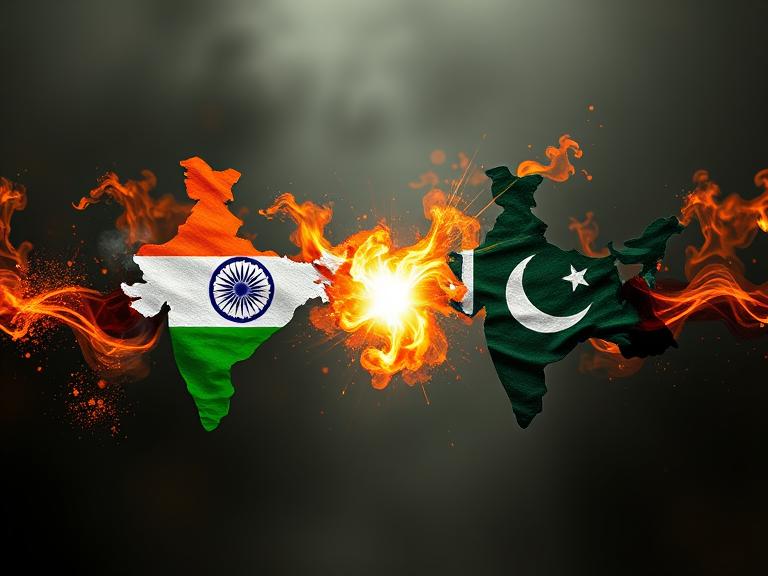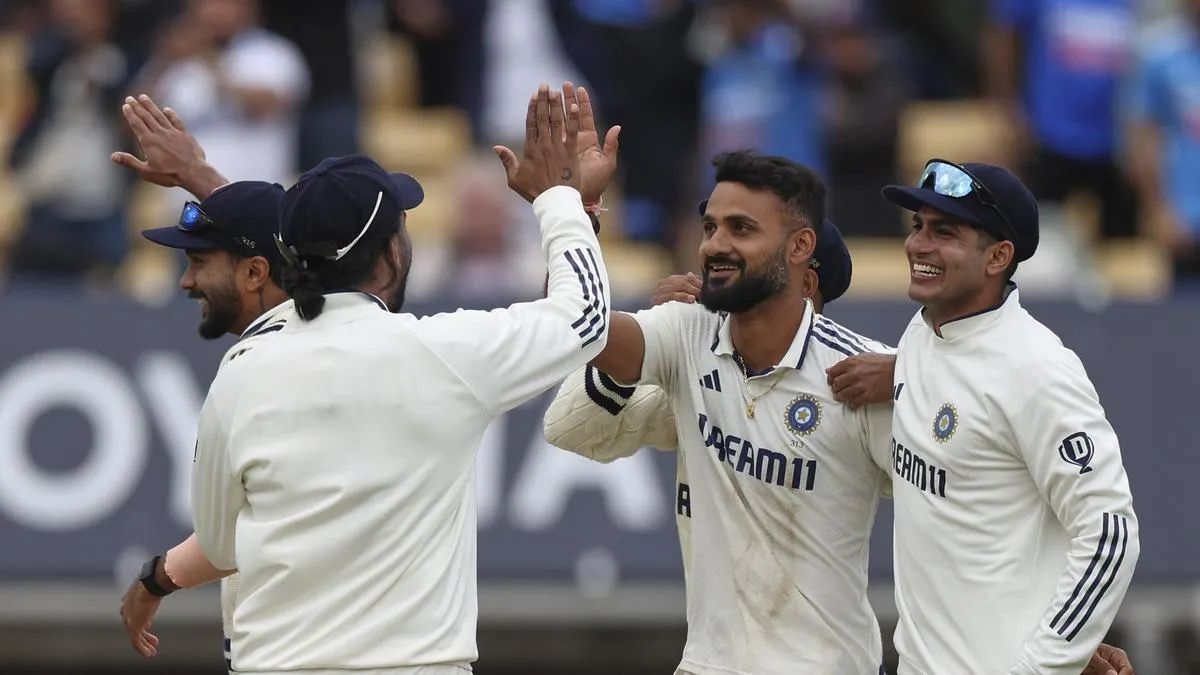In 2025, the world stands at the brink of a new Cold War. However, unlike the US-Soviet rivalry of the 20th century, this emerging global standoff pits India and the United States against Pakistan and China. With shifting economic interests, border conflicts, and military partnerships escalating tensions, the India-US vs. Pakistan-China alliance is becoming one of the most defining geopolitical narratives of the decade.

Understanding the New Cold War: India-US vs. Pakistan-China
“India-US vs. Pakistan-China” refers to the increasingly polarized global power structure in which India and the United States align strategically against the growing cooperation between Pakistan and China. This rivalry is shaping military decisions, trade agreements, and international diplomacy in 2025.
The India-US Alliance: From Friendship to Strategic Force
India and the United States have transformed their relationship from basic diplomatic ties into a powerful strategic alliance. Shared interests in curbing Chinese influence in the Indo-Pacific, combating terrorism, and promoting democratic values have brought these two global powers closer than ever before.
- Military Cooperation: In 2025, joint military exercises between India and the US have increased, showcasing interoperability and mutual defense preparedness.
- Technology and Trade: From AI to defense technologies, the India-US trade pact has opened billion-dollar opportunities, strengthening both nations’ economies.
- Political Symbiosis: Washington sees New Delhi as a counterbalance to China, while India views the US as a crucial partner in its regional security narrative.

Pakistan-China Alliance: Iron Brothers Strengthen Ties
On the other side of the spectrum, Pakistan and China have nurtured what they call an “all-weather friendship.” In 2025, this alliance has deepened into a military and economic partnership that rivals NATO-level cooperation.
- CPEC and Infrastructure: China continues to pour billions into the China-Pakistan Economic Corridor (CPEC), enhancing Pakistan’s infrastructure and regional connectivity.
- Defense Agreements: Joint air drills, naval cooperation, and the provision of advanced Chinese military hardware to Pakistan reflect the growing intensity of this axis.
- Geopolitical Strategy: China uses Pakistan as a strategic outpost to keep Indian influence in check while accessing the Arabian Sea and the Middle East.
India-US vs. Pakistan-China in South Asia
The India-US vs. Pakistan-China rivalry is most visible in South Asia, where historical animosities and territorial disputes remain unresolved.
- Kashmir and Ladakh: While India controls the regions, Pakistan claims Kashmir, and China eyes Ladakh, turning the territory into a military flashpoint involving all four nations.
- Border Skirmishes: Incidents along the India-China Line of Actual Control (LAC) and the India-Pakistan border continue to raise global concerns.
- Diplomatic Tensions: Frequent summits, sanctions, and UN debates are part of the modern Cold War diplomacy.

Economic Battlefield: Trade, Sanctions, and Tech War
Beyond bullets and borders, the new Cold War is also playing out in boardrooms and data centers.
- Semiconductor Race: The US and India have partnered to develop indigenous chip manufacturing to reduce reliance on China.
- Belt and Road vs. Indo-Pacific Strategy: China’s Belt and Road Initiative, supported by Pakistan, clashes with the US-led Indo-Pacific economic corridor involving India.
- Sanctions and Cybersecurity: Cyber warfare and economic sanctions have become modern tools of conflict in the India-US vs. Pakistan-China divide.
Global Reactions: Allies and Observers Weigh In
- Europe and NATO: Leaning slightly toward India-US due to shared democratic values, but hesitant to provoke China.
- Russia: Playing both sides—military sales to India while building closer trade ties with China and Pakistan.
- Middle East: Gulf countries are split, investing in both India’s economic growth and Pakistan’s defense needs.
What Lies Ahead? The Future of India-US vs. Pakistan-China Alliances
If the current trend continues, the India-US vs. Pakistan-China Cold War could reshape alliances worldwide. Multilateral groups like BRICS and QUAD may take center stage, and smaller nations might be forced to pick sides in an increasingly bipolar world order.
Read More: Indian General Elections 2025 Live Updates, Top Results & Political Analysis
Conclusion: A Defining Geopolitical Era
In 2025, the India-US vs. Pakistan-China dynamic isn’t just a regional matter—it’s a global concern. As these alliances deepen, the threat of proxy wars, economic confrontations, and digital espionage looms larger. Understanding this new Cold War is crucial not just for political analysts but for every global citizen.









